
Sustainability Spotlight
Sustainability Spotlight offers informative and actionable advice around environmental best practice to allow businesses to make more sustainable and environmentally friendly choices for their business. FESPA speaks to industry experts about sustainability where you can discover business opportunities to reduce, reuse and recycle materials and improve your knowledge.
Blog
Kodak's 2024 Sustainability Report: A Commitment to a Greener Future
Kodak's 2024 Sustainability Report, "One World, One Kodak," demonstrates a strong commitment to environmental and social responsibility. The report highlights impressive reductions in greenhouse gas emissions (56%) and water withdrawal (31%) and aims for zero waste by 2025. Notably, Kodak is pioneering double materiality assessment in the printing industry, aligning sustainability with financial reporting, and showcasing its products' environmental benefits.
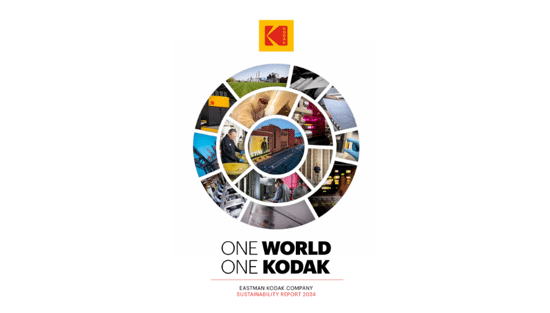
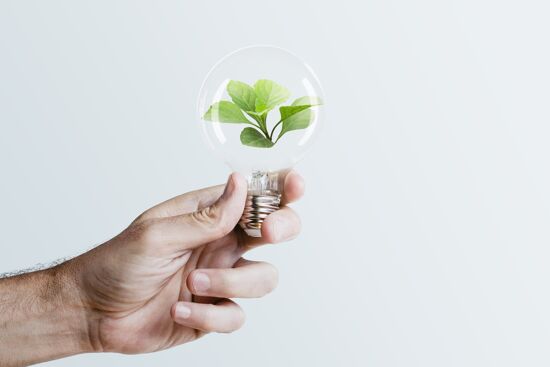
How can printers lower costs on energy usage?
Clare Taylor outlines simple steps for businesses to achieve energy sustainability, focusing on cost savings and staff comfort. It emphasises starting with measuring energy consumption to identify key areas for improvement. Subsequent steps involve managing energy use through behavioral changes and low-cost interventions, like optimizing cooling settings and ensuring equipment is switched off when not needed.
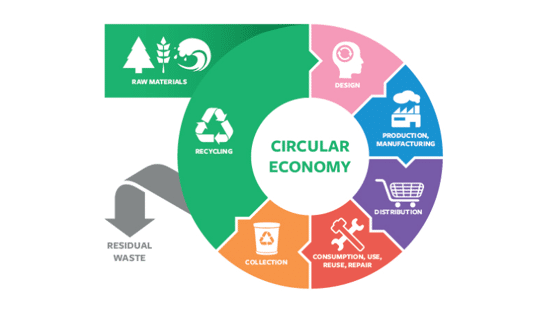
The European Union's circular economy plan
Printing companies must understand the EU's Circular Economy Action Plan (CEAP), part of the European Green Deal. These initiatives drive sustainability, impacting businesses globally, even if not EU-based, through customer requirements. Printers need to be aware of reporting and sustainability expectations to manage risks and retain clients.

A revised look at sustainability in wide format print
Sustainability is crucial for wide-format print, moving beyond marketing to an imperative driven by brands and regulations. Common "eco" claims often mask complexities; true sustainability demands carbon reduction as a core principle. Life Cycle Assessment (LCA) offers data-driven insights for genuine environmental improvement, as demonstrated by UFABRIK's transparent approach.
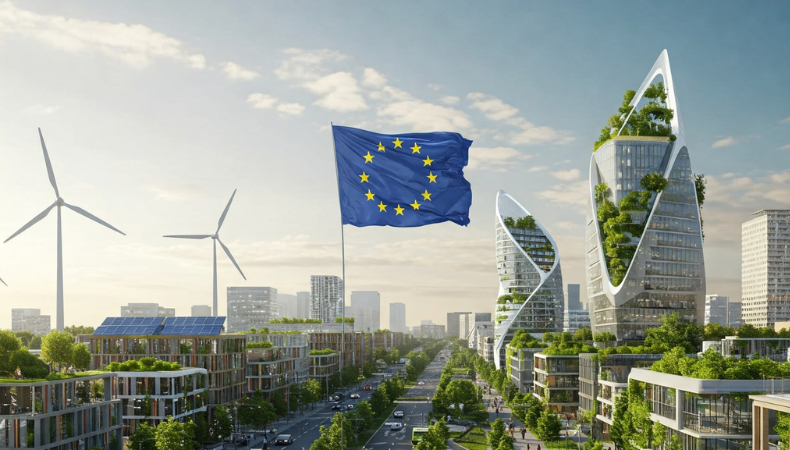.png?width=550)
The European Union is driving massive sustainability change
The EU's ambitious Green Deal, aiming for climate neutrality by 2050, drives significant sustainability changes. Businesses worldwide, especially printers, must adapt to complex EU legislation. Compliance creates challenges but also new opportunities in areas like packaging and signage.

6 Sustainable Printing Practices Changing the Game in Textile and Apparel Decoration
The textile industry is shifting towards sustainability. Innovations like waterless and digital printing, eco-friendly inks, and recycled materials are reducing waste. AI and automation optimise production, while circular models promote reuse. Consumer demand for transparency drives this change, making sustainable practices essential for future-focused brands.

Sustainability in Production Print: Advancing Practices in Wide Format, Textiles, and Software
As sustainability continues to take centerstage across industries, the production print sector is making massive strides in integrating eco-conscious practices. From wide format to textile applications, with the growing reliance on advanced production software, the space is evolving to meet environmental goals as well as consumer demand for sustainable products.

Why must the print industry recognise software and material innovation
Laurel Brunner argues that the printing industry must recognise the value of both software and material innovation, and be willing to pay for it. Software, though intangible, drives efficiency and reduces carbon footprints. While materials science currently dominates, R&D costs are inherent in all advancements. Paying a premium ensures continued progress, benefiting the industry's evolution and sustainability.

Sustainability and keeping the faith
Laurel Brunner discusses how the printing industry has drastically reduced its environmental impact through technological advances, despite lingering perceptions of paper waste. While consumer habits pose a challenge, the industry continues to pursue greener practices.

Kyocera wins Anthem Award for Sustainability, Environment and Climate
Laurel Brunner shares how Kyocera, a Japanese manufacturer of digital printing system was awarded a silver award for its green skills report on "A Green Edge: Green Skills for the Future".
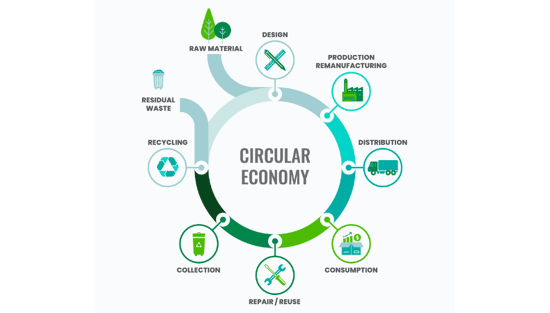
How to design for a circular economy in a linear world
Laurel Brunner explains the challenges for businesses to prioritise circular economy when economies have evolved to be linear. Laurel shares examples of different businesses who are designing products that can suppor the circular economy. These include The Ellen MacArthur Foundation, DS Smith and Vilsund Blue A/S.
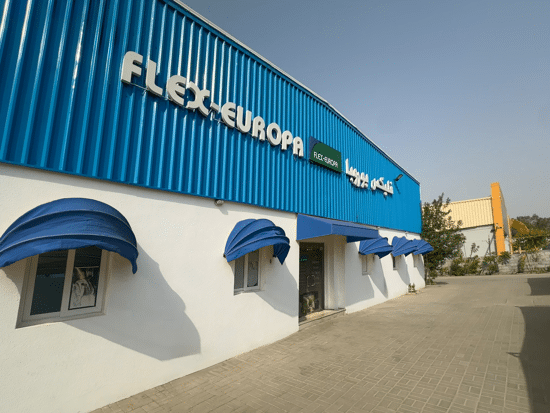
Flex-Europa - a sustainable future for the digital printing industry
Rashed Abdeljalil, Business Development Manager at Flex-Europa discusses how the business is exploring innovativer ways to lower their ecological footprint and encourage their clients to do the same. The business uses eco-friendly inks, UV printing and recylcable substrates and uses digital label printers.

Ukranian printing company invests in Flexcel NX Wide
Ukrpol, a Ukranian printing house that focuses on commercial printing and packaging production has a wide array of customers that are in the food, cosmetics and medical sectors. The company recently bought a Miraclon Flexcel NX Wide 4260 flexographic platemaking system. This purchase will help the company attract customers who acknowledge the value of modern flexo for packaging production.

How to assess and report your environmental sustainability
Laurel Brunner discusses how ISO has now approved a new project that will suppor the industry's sustainability. The new work, ISO 19311, provides requirements for sustainability assessment reporting and the idea is to make it easier to evaluate sustainability reports, like for like.

What are the environmental benefits of remote support?
Laurel Brunner shares the various environmental benefits of remote support which include less waste, less halts to automated productions, reduced costs and more.
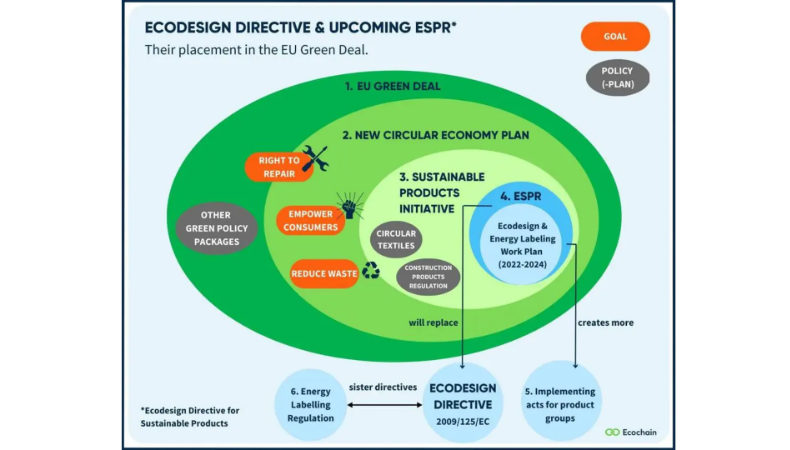.png?width=550)
How will Ecodesign for Sustainable Products Regulation affect printers?
Laurel Brunner discusses the European Union’s Ecodesign for Sustainable Products Regulation and how it is important for printers to be aware of this and it will contribute towards business planning.
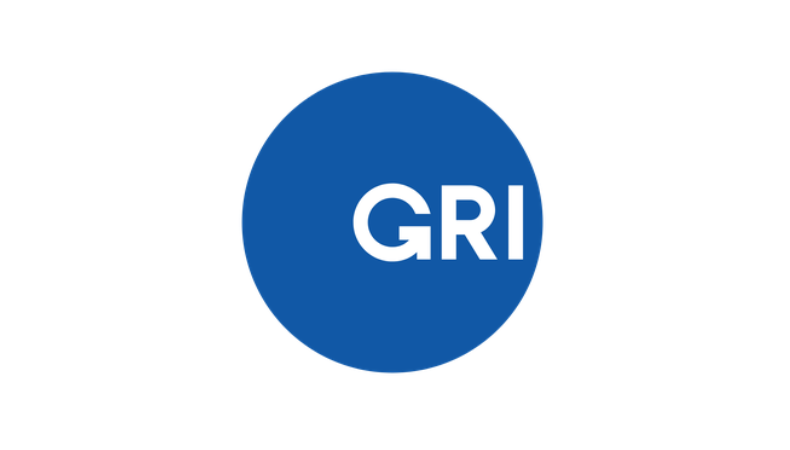.png?width=550)
Why is The Global Reporting Initiative important for printers who work for large corporations?
Laurel Brunner discusses the significance of The Global Reporting Initiative (GRI) for printers who work for large corporations and how print buyers require their media investments to align with corporate sustainability commitments and shareholder expectations.

How to start your journey in sustainability
Laurel Brunner shares some basic steps of what printers can do to begin their journey in sustainability. These steps focus on conserving resources and minimising waste.
.png?width=550)
Sustainable sportswear: Closing the loop for a circular economy
Joanna Czutkowna is a consultant and doctoral researcher specialising in circularity within sports apparel. With over 20 years’ experience managing global sourcing strategy and innovation departments for some of the world's largest brands, she has extensive experience in product development and global supply chains. In this blog, and ahead of the ‘Designing for the Circular Economy’ panel at the 2024 Sportswear Pro conference (21 March at RAI Amsterdam, The Netherlands), she delves deeper into closing the loop with circular garment business models for sustainability benefits.